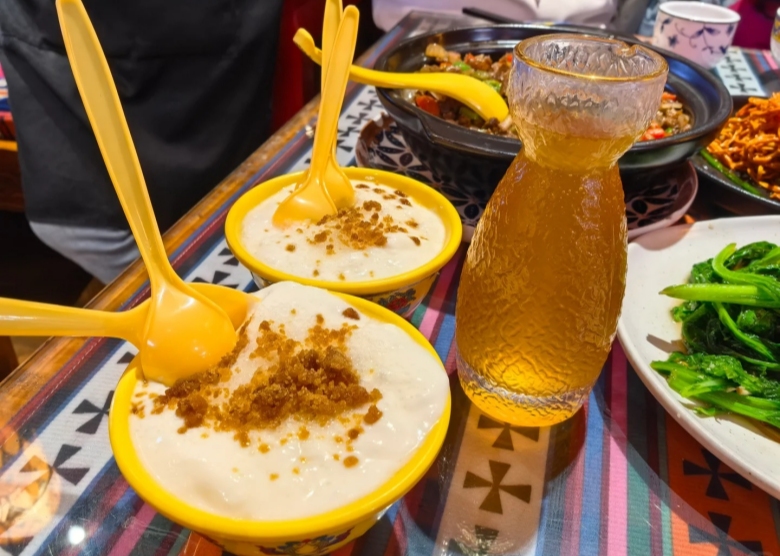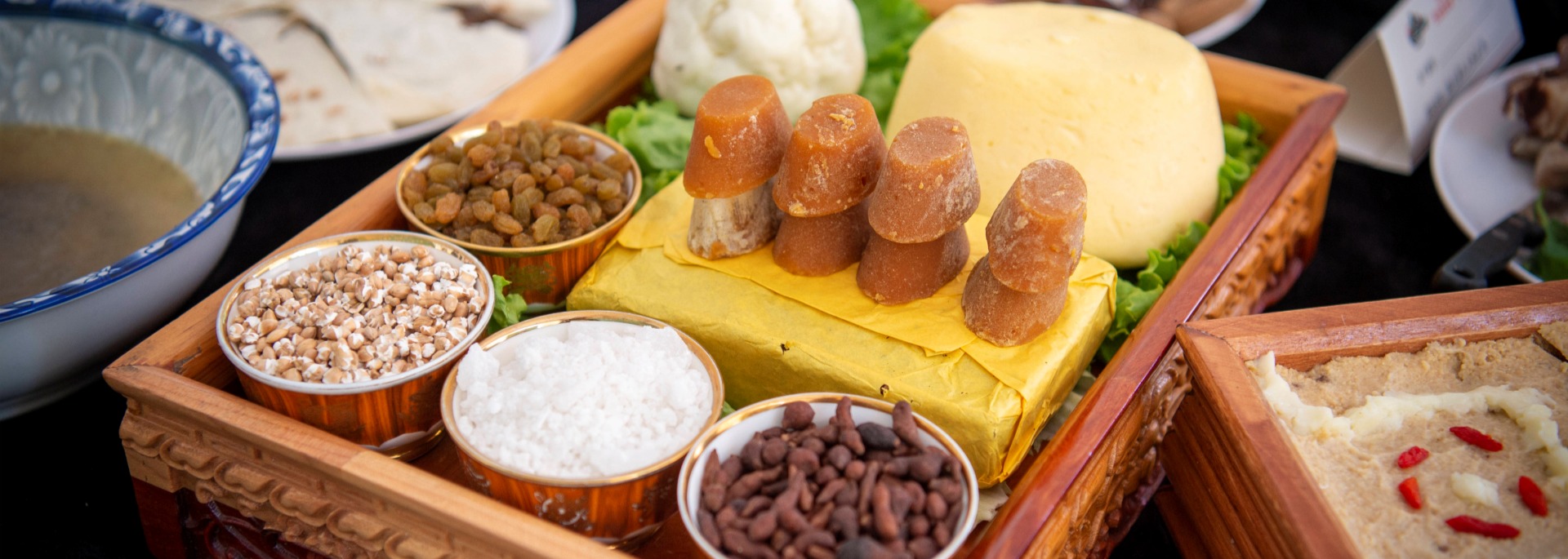
Famous Tibetan Foods | What to Eat in Tibet
By Martina
I have traveled across Tibet multiple times, and I realized that food here is not just about taste—it’s about survival, tradition, and hospitality. Tibetan cuisine reflects the harsh but beautiful environment of the plateau, where high altitude and cold weather shape what grows, what’s raised, and what’s cooked.
In this blog, I’ll share my personal experiences tasting the most famous Tibetan foods, along with practical tips on what to eat in Tibet and how to enjoy it like a local.
Must-Try Tibetan Foods
Tsampa – The Staple of Tibet
If there’s one food you’ll encounter every single day in Tibet, it’s tsampa. Made from roasted highland barley flour, it’s usually mixed with butter tea or sometimes plain water, kneaded into a dough-like ball, and eaten with your hands.
Locals often carry tsampa in a pouch for a quick snack during long journeys. Personally, I found it an acquired taste—nutty, dry, and filling—but once I had it with hot butter tea on a chilly morning in Lhasa, I understood why Tibetans love it.
Travel Tip: If you want to try making tsampa yourself, ask a local family during your Tibet travel—it’s a fun cultural experience.
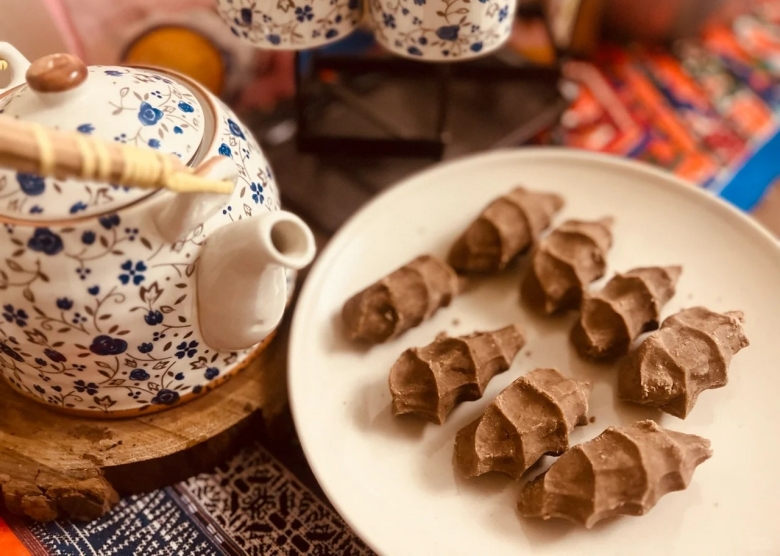
Yak Butter Tea – The Heart of Tibetan Hospitality
Yak butter tea (po cha) is more than just a drink—it’s a warm welcome into Tibetan culture. Made from tea leaves, yak butter, and salt, it has a rich, slightly salty flavor that may surprise first-time visitors. It’s served in almost every home, monastery, and teahouse.
When I first tried it, I wasn’t sure how to feel about the salty, oily taste, but in Tibet’s cold, dry climate, it was incredibly comforting. Plus, the butter provides much-needed calories and hydration at high altitudes.
Travel Tip: Always accept butter tea when offered—it’s a sign of respect. You don’t have to finish the cup, but taking at least a sip is polite.
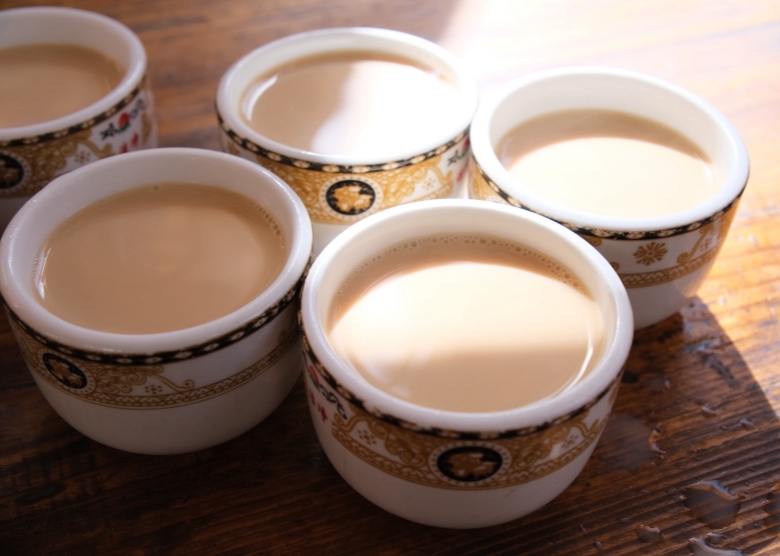
Tibetan Dumplings – Momos
Momos are perhaps the most approachable Tibetan dish for international travelers. These steamed or fried dumplings are usually filled with yak meat, vegetables, or a mix of both. I enjoyed them the most at a small family-run restaurant in Lhasa, where they served them with a simple but delicious chili sauce.
Travel Tip: Vegetarian momos are common in monasteries, so they’re a good choice if you prefer plant-based options.
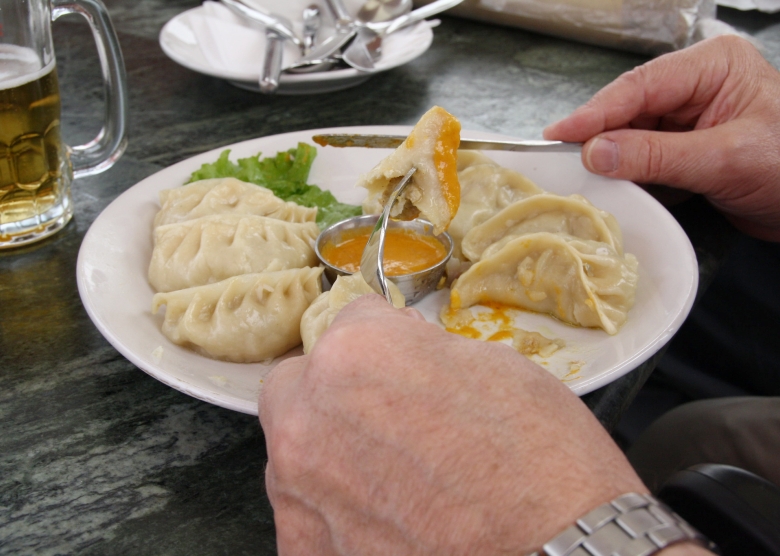
Thenthuk – Hand-Pulled Noodle Soup
On a chilly Tibetan evening, nothing beats a warm bowl of Thukpa. This hearty noodle soup, often made with vegetables and meat (yak, mutton, or chicken), is a staple. Thenthuk is a similar, more substantial hand-pulled noodle soup, often enjoyed in winter. These soups are incredibly comforting and filling, and you’ll find them in almost every eatery.
From my viewpoint, thukpa is a lifesaver on chilly evenings—spicy, brothy, and customizable. Advice: If vegetarian, request no meat; add extra greens for nutrition. Pro tip: Sip slowly to aid digestion at high elevation.

Yak Meat – The Plateau’s Protein Powerhouse
Yak meat is lean, rich in protein, and slightly sweet compared to beef. You’ll find it in soups, stews, or dried into yak jerky. My favorite yak dish was a spicy yak meat stew I tried in Shigatse—perfect after a long day of exploring monasteries.
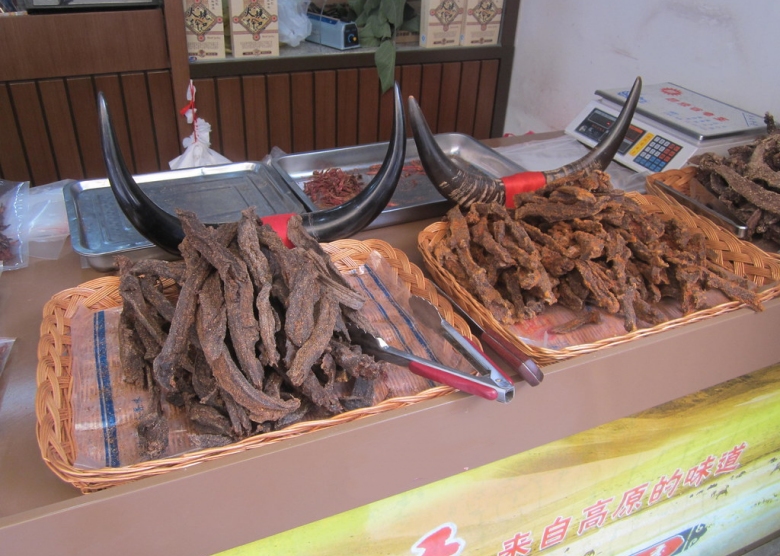
Tibetan Yogurt (Sho): A Refreshing Dairy Delight
Made from fermented yak milk, Tibetan yogurt (locally known as “sho”) is distinct from regular yogurt. It has a richer, heavier taste and is a refreshing treat, especially popular during festivals like Shoton (Yogurt Festival). I found it to be a fantastic way to experience another facet of Tibetan dairy culture.
Tip: Get it fresh at local tea houses; drizzle with sugar or honey if you’re new to the tang.
